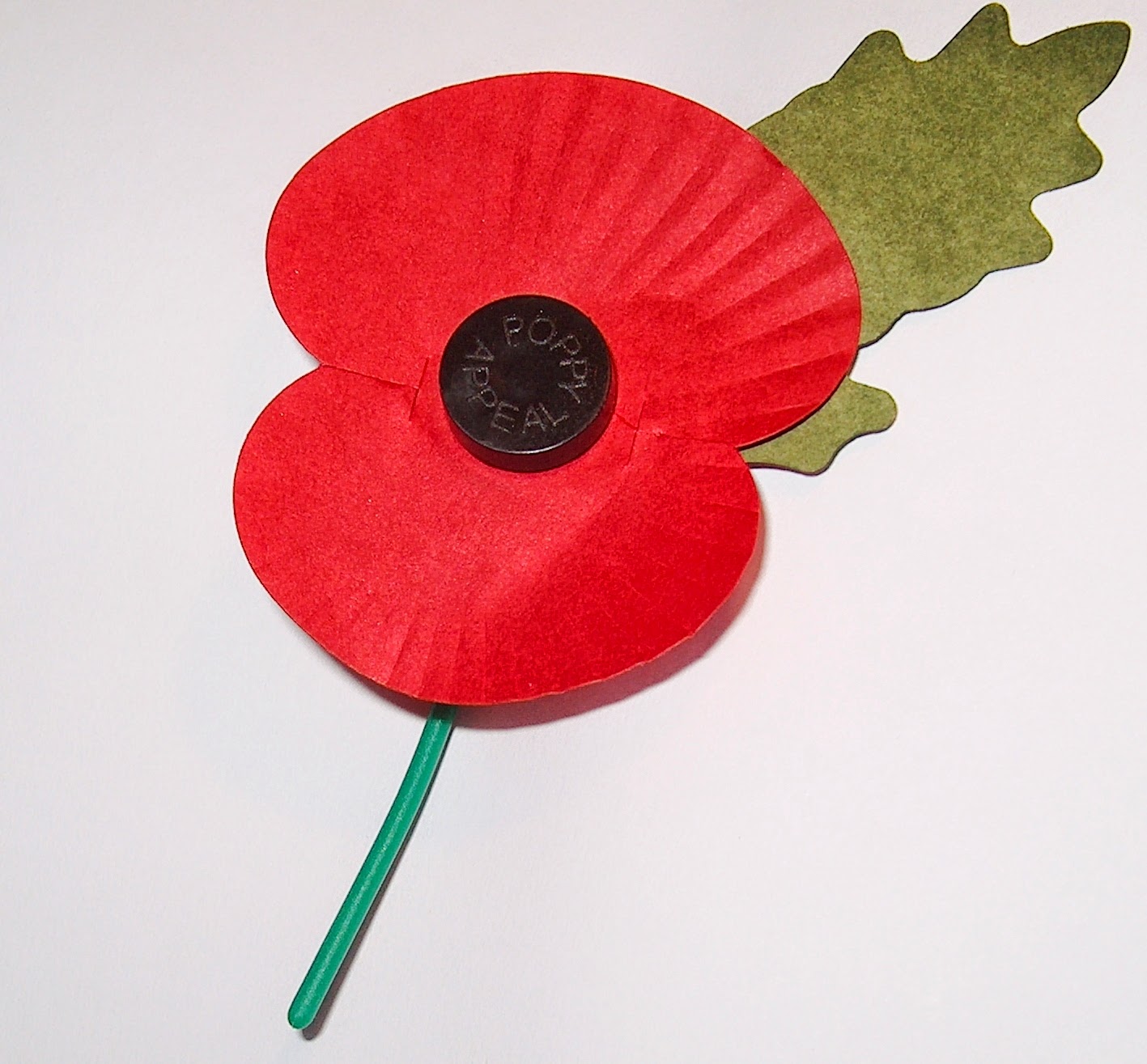(Level: Intermediate / B1 / **)
 |
| Queen Elizabeth II laying a wreath of poppies (*) at the Cenotaph on Remembrance Sunday Photo credit: onenewspage.com |
Before watching:
In the UK, Remembrance Sunday is a homage day to commemorate the British and Commonwealth military and civilian servicemen and women who originally fell during the First World War but also those who died in later wars and conflicts. The ceremony is held each year at the Cenotaph in Whitehall, in Westminster City, central London, on the second Sunday of November which is also the Sunday nearest to Arministice Day (or Remembrance Day).
You are going to watch a Sky News report focusing on the commemorations honouring the War Dead that took place on Remembrance Sunday (9th November 2014).
You are going to watch a Sky News report focusing on the commemorations honouring the War Dead that took place on Remembrance Sunday (9th November 2014).
 |
| The Cenotaph on Whitehall, City of Westminster, London where wreaths of poppies (*) are laid Photo credit: ww1.canada.com |
(*) For more details about poppies or wreaths of poppies, you can click HERE
You can also consult the site of the Royal British Legion to get more details about the poppies, the poppy appeal and so much more information. Click HERE
The following words and notes could be useful:
Whitehall: a main street in the City of Westminster in central London where government departments, ministries, monuments and memorials such as the Cenotaph are located.
to heighten (security): to increase / to make more intense renforcer
a threat: menace; danger; risk menace
You can also consult the site of the Royal British Legion to get more details about the poppies, the poppy appeal and so much more information. Click HERE
The following words and notes could be useful:
Whitehall: a main street in the City of Westminster in central London where government departments, ministries, monuments and memorials such as the Cenotaph are located.
to heighten (security): to increase / to make more intense renforcer
a threat: menace; danger; risk menace
 |
| Whitehall Picture credit: en.wikipedia.org |
 |
| Whitehall, a sketch map Credit: en.wikipedia.org |
While watching:
What were the commemorations like this year?
Answer in French: what do the following people, places, ideas, notions... refer to?
- La Reine Elizabeth II et d'autres membres de la famille royale (qui et quoi?)?
- David Cameron?
- Le Cénotaphe?
- Les cérémonies: différentes cette année; en quoi?
- Dispositif de sécurité renforcé: pourquoi?
- L'Ambassadeur d'Irlande?
Here is a shorter film by Sky News showing Queen Elizabeth II laying a wreath and bowing in respect to those who have made the ultimate sacrifice since the Great War on behalf of the Nation.
When you are finished, you can check your answers:
La Reine a rendu hommage aux soldats britanniques et du Commonwealth tombés au champ d'honneur depuis la Première Guerre mondiale. Elle était accompagnée de son mari, le Duc d'Edimbourg, de son fils Charles, Prince de Galles et de son petit-fils William, le Duc de Cambridge.
C'était ensuite au tour des politiciens menés par le Premier Ministre David Cameron à déposer une gerbe de coquelicots au pied du Cénotaphe.
Le Cénotaphe: monument commémoratif et site spécifique dans Whitehall où se déroule la cérémonie annuelle du souvenir (le "Remembrance Sunday" ou Dimanche du Souvenir); ce mémorial conçu à l'origine pour honorer la mémoire des soldats britanniques et du Commonwealth tombés durant la Première Guerre est aussi dédié à présent aux victimes britanniques des conflits ultérieurs.
Les cérémonies sont différentes cette année car l'année 2014 marque...
-...le centenaire du début de la Première Guerre mondiale;
-...le 70e anniversaire du Débarquement en Normandie;
-...la fin des missions des troupes britanniques stationnées en Afghanistan.
Sécurité renforcée car les risques d'attentat dus à la participation britannique en Irak et en Syrie sont toujours d'actualité.
Participation de la République d'Irlande (représentée par son Ambassadeur) pour la première fois à la commémoration et dépôt d'une gerbe au pied du mémorial.










.jpg)





















